#assyria
Text

From Levantine_gay on insta
#arab imperialism#arab colonialism#jumblr#i stand with israel#say no to settler colonialism#colonization#colonialism#indigenous peoples#first nations#israel#assyria#kurdistan#imazighen#indigenous swana
1K notes
·
View notes
Text


~ Plaque of conjuration against the Lamashtu, called "plaque of the underworld" or Hell Plate.
Period: Neo-Assyrian (1st half of the millennium)
Place of origin: Assyria
Medium: Bronze
#ancient#ancient art#history#museum#archeology#ancient sculpture#ancient history#archaeology#assyria#assyrian#plaque#Lamashtu#conjuring#underworld#hell plate#Neo-Assyrian#bronze
2K notes
·
View notes
Text

assyrian archer by mossacannibalis
246 notes
·
View notes
Text

Ivory furniture plaque, Assyria, 9th-8th century BC
from The Metropolitan Museum of Art
360 notes
·
View notes
Text

Judith holding the Head of Holofernes by Jean-François Godefroy
#judith#holofernes#art#jean françois godefroy#judith and holofernes#biblical#bible#assyrian#assyria#general#book of judith#bethulia#siege#war#camp#tent#city#religion#religious art#christianity#christian#jewish#nineveh#nebuchadnezzar#mesopotamia#mesopotamian#sword#helmet#shield#heroine
83 notes
·
View notes
Text

The Sennacherib prism, commissioned by the Assyrian king in the 600s BCE. Its ten sides contain records of his conquests and achievements in cuneiform. The record culminates with Sennarcherib's 15-month siege and destruction of Babylon.
{WHF} {Ko-Fi} {Medium}
434 notes
·
View notes
Photo

Assyria: The Rise and Fall of the World’s First Empire
Eckart Frahm's Assyria: The Rise and Fall of the World's First Empire is a remarkable scholarly work and a masterful exploration of one of the most intriguing and influential civilizations of the ancient world. Through meticulous research and engaging prose, Frahm invites readers on an enthralling journey into the heart of the Assyrian empire, shedding light on its history, culture, and lasting impact on human civilization. In this meticulously crafted and comprehensive volume, Frahm expertly navigates the complexities of Assyrian historical accounts, archaeological findings, and cultural insights to supply a comprehensive understanding of Assyrian society. He traces the empire from its early beginnings to its rise and eventual decline. Frahm's command over historical sources, both textual and archaeological, is clear as he weaves together a rich tapestry of events, personalities, and cultural dynamics that shaped Assyria's trajectory. The book chronicles the rise of the empire, its expansionist policies, and the exceptional military prowess that allowed it to become a dominant force in the ancient world.
Continue reading...
257 notes
·
View notes
Text
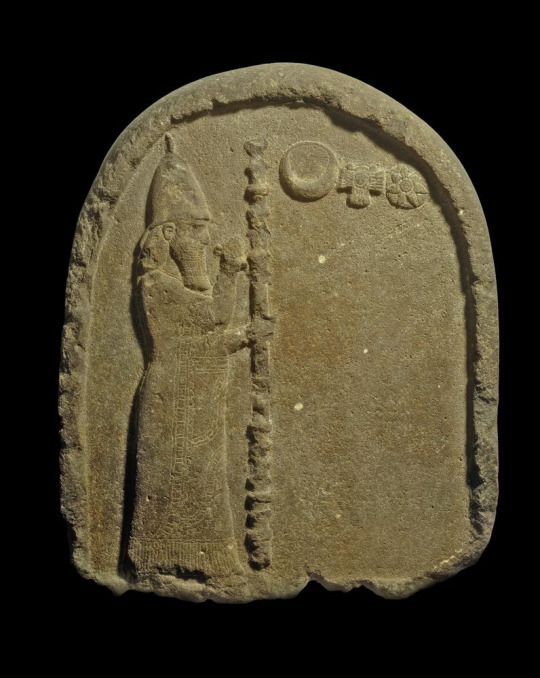

Babylonian Stele of Nabonidus before Moon, Sun, and Venus
c. 545 BCE
Babylon, Iraq (?)
British Museum #90837
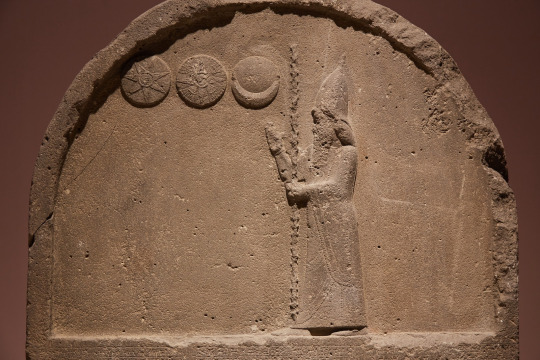

Harranian Stele of Nabonidus before Moon, Sun, and Venus
c. 545 BCE
Harran, Turkey
Şanlıurfa Museum, Urfa, Turkey
#harran#babylon#assyria#assyrian gods#babylonian gods#sumer#sumerian gods#akkad#akkadian gods#nabonidus#shamash#ishtar#sin#venus#moon#sun#winged sun#horned sun#crescent#star#astrogram#heptagram#astrology#pagan gods#polytheism#archeology#magic#witchcraft#witchblr#paganblr
259 notes
·
View notes
Text
So-called anti imperialists get weirdly bitchy when you suggest self-determination for certain people groups.
Especially if it’s the Kurds, the Assyrians, Armenians, the Tibetans (that’s when the tankies show up), or the Circassians (or pretty much any other indigenous folks living under Russian rule like the Chuvash or the Buryats (among others)).
Talk about double standards.
#dougie rambles#personal stuff#vent post#political crap#double standards#indigenous peoples#self determination#kurds#assyrians#Assyrian people#Tibetans#Circassians#kurdistan#assyria#bethnahrin#tibet#circassia#leftism#decolonization#anti imperialism
120 notes
·
View notes
Text

"Standard of Sargon II, King of Assyria, 722-705 B.C." Ancient calendars and constellations. 1903. Cover detail.
Internet Archive
247 notes
·
View notes
Text

Tinkering around in blender and gimp rn
#my wips#sims 4#s4mm#sims 4 history#mesopotamia#mesopotamian#assyrian#assyria#sumer#sumerian#queen puabi#bablyonian#bablyon#wip hair#wip outfits
160 notes
·
View notes
Text

111 notes
·
View notes
Text


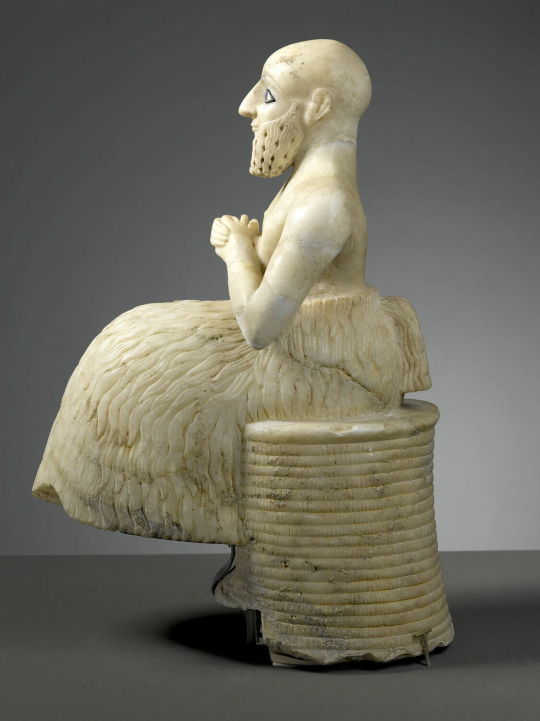
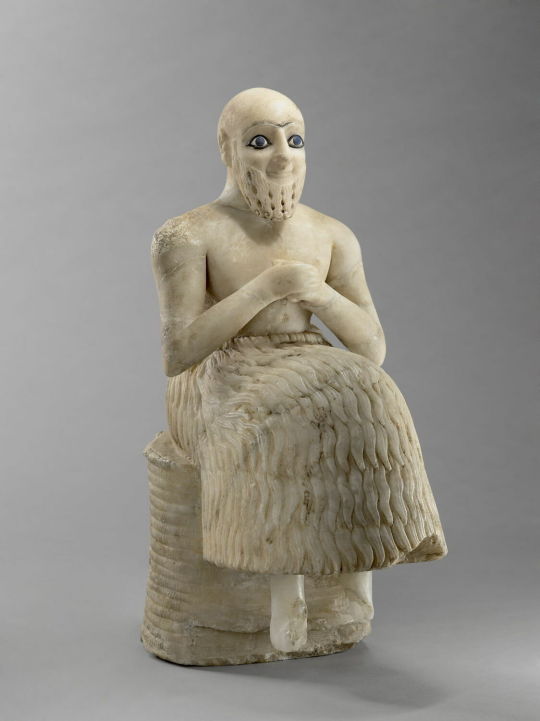

~ Statue of the intendant Ebih-Il.
Place of discovery: Mari temple of Ishtar courtyard 20
Date: 2500-2340 B.C.
Period: Archaic dynasty IIIB
Medium: Alabaster, shell, lapis lazuli, bitumen
▪︎ Inscription/Dedication (in Akkadian): "Statue of Ebih-Il, the Steward, to Ishtar he dedicated it".
#ancient#ancient art#history#museum#archeology#ancient sculpture#ancient history#archaeology#assyria#akkadian#statue of intendant#mari temple of Ishtar#Ebih-Il#praying#dedication#2500 b.c.#2340 b.c.
977 notes
·
View notes
Photo
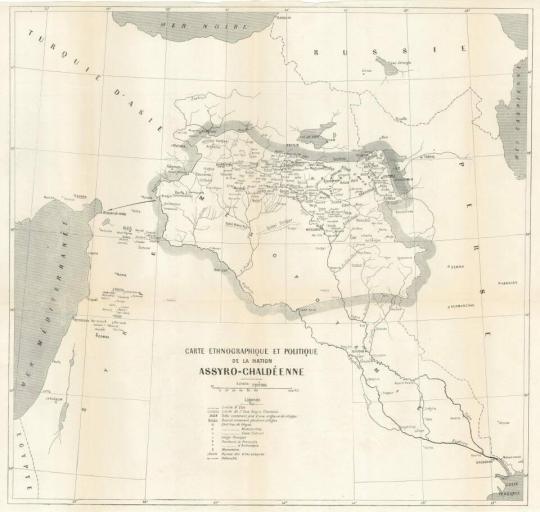
The Assyrian Delegation's map of an independent Assyria, presented at the Paris Peace Conference 1919
67 notes
·
View notes
Text
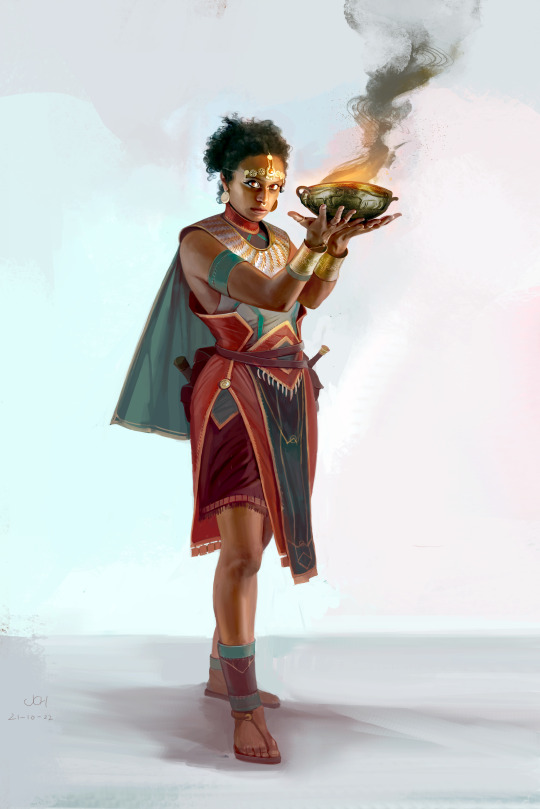
Painting from a year ago, an exploration for my worldbuilding, set in the Bronze Age Middle East, a worshipper of the fire deity Chemosh.
Hope you like it!
Best,
JCH
www.joelchaimholtzman.com
#dungeons and dragons#board games#concept art#tabletop games#fantasy art#digital painting#magic the gathering#character design#ancient history#armor#middle east#bronze age#occult#sorceres#wizard#african mythology#middle eastern mythology#assyria#babylon#ancient egypt
86 notes
·
View notes
Text
Gold Tablet from the Temple of Ištar in Aššur, Assyria (modern-day Iraq) c.1243-1207 BCE: this tablet was discovered within the foundations of the ancient temple; it measures just over 3cm (1in) in length
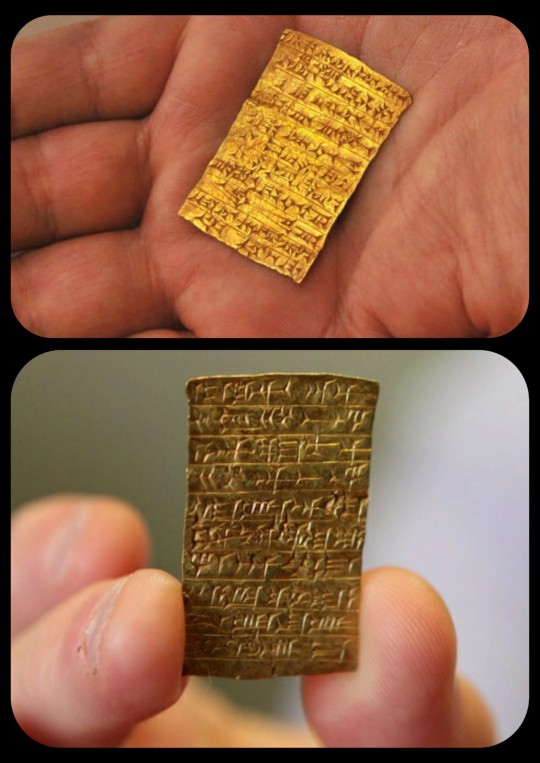
The cuneiform inscription honors King Tukulti-Ninurta I, who had ordered the construction of the temple, and describes how the building was constructed. This is just one of the many items that had been buried around the temple with similar inscriptions.
As this article explains:
Most of [the inscriptions installed in the temple] would not have been visible while the temple was still in use, as they were laid into the sanctuary’s foundations or walls. Tukulti-Ninurta commissioned a great number of objects carrying variations of the inscription commemorating his achievement of erecting the new temple.
The practice of depositing inscriptions directed at the gods as well as future generations had become a central element of the temple building process since the Early Dynastic Period, and was employed to immortalize the ruler by eternally associating his name with a monumental building such as the Ištar temple - a process that also transformed a sanctuary into a votive object dedicated to a deity.
It took several hours of searching (i.e. scouring through old artifact catalogs) for me to find a direct translation of the inscription on this particular tablet, and I could basically only find it in a PDF of an old bibliographic manuscript that isn't even in print anymore, but here it is:
Tukulti-Ninurta, king of the universe, king of Assyria, son of Shalmaneser, king of Assyria: at that time the temple of the goddess Ištar, my mistress, which Ilu-šumma, my forefather, the prince, had previously built — that temple had become dilapidated. I cleared away its debris down to the bottom of the foundation pit. I rebuilt from top to bottom and deposited my monumental inscription. May a later prince restore it and return my inscribed name to its place. Then Aššur will listen to his prayers.
This tablet was stolen from the Vorderasiatisches Museum in Berlin back in 1945, during the chaotic final days of WWII. It was then lost for almost 60 years before it finally re-emerged in 2006, when a Holocaust survivor named Riven Flamenbaum passed away and the tablet was found among his belongings. According to his family, Flamenbaum had gotten the tablet from a Soviet soldier (in exchange for two packs of cigarettes) at the end of the war.
In 2013, following a lengthy legal battle between Riven Flamenbaum's family and the Vorderasiatisches Museum in Germany, a court in New York ordered the family to return the tablet back to the museum.
Sources & More Info:
Albert Kirk Grayson: Assyrian Rulers of the Third and Second Millennia BC (to 1115 BC) (the translation appears on p.261)
Daniel Luckenbill: Ancient Records of Assyria and Babylonia, Volume 1 (PDF download; p.65 contains relevant info)
CTV News: 3,000-year-old Assyrian Gold Tablet Returned to German Museum
#archaeology#history#anthropology#ancient history#assyria#mesopotamia#golden tablet#cuneiform#artifact#ancient iraq#iraq#ancient near east#middle east#ishtar#pagan deities#polytheism#return the slab
346 notes
·
View notes